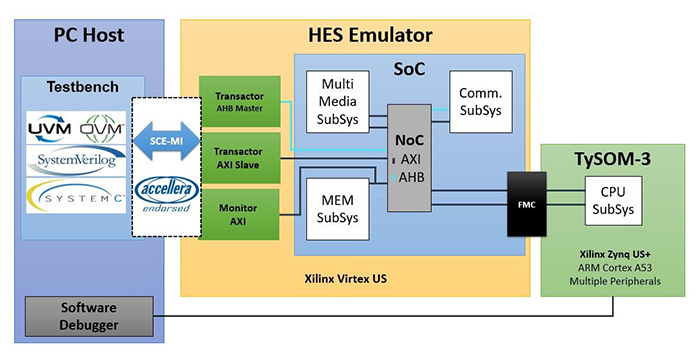


The REST API is well documented, updated regularly and available on either the Microsoft docs site or on github if you felt like contributing: It is this that provides the idempotency of the whole process. The first is that the ARM REST API is the part that actually does the “heavy lifting”. There are two important concepts to understand when using ARM templates. Furthermore, it wouldn’t be ideal in the “complete” type of deployments if you deleted various resources and then failed to create all the new resources that you wanted because you had hit your quota limits in Azure. This prevents you from using a “build” step in the build process that you could otherwise use to make sure that the ARM template is even deployable. This is really useful, because the ARM template is not compiled. If you use the PowerShell function “Test-AzureRmResourceGroupDeployment”, it will take your template, parse it and check that it is syntactically correct as well as validating that you meet requirements such as not hitting quote limits before you deploy. Basic testingĪpart from the functional testing, it is possible to validate whether a template is actually deployable to the resource group you want to deploy. If all the tests return ‘success’ then the template is, by definition, valid.
#VERIFY ARM EMULATOR OPERATION CODE#
The ARM API deploys resources to Azure, but doesn’t deploy code onto those resources. The ideal deployment is ‘complete’ but it does mean that you need to have a good automated deployment pipeline with at least one test environment where you can validate that the template doesn’t rip the heart out of your beautiful production environment. The benefit of this is that you don’t lose any infrastructure that is missing from the template but the downside is that you will have to clear up any old resources some other way. The ‘incremental’ deployment uses the template to add additional resources to an existing resource group. In this scenario, what you get is the ability to know that whenever you deploy you will be in exactly the same state. The ‘complete’ mode deletes any objects that do not appear in the template and the resource group you are deploying to. When a template is deployed, you have the option of either using ‘complete’ or ‘incremental’ mode.

What can ARM templates doĪn ARM template can either contain the contents of an entire resource group or it can contain one or more resources from a resource group.

ARM Templates are what really gives us the ability to roll out Azure “Infrastructure as code”. The main benefits of the ARM API are that you can deploy several resources together in a single unit and that the deployments are idempotent, in that the user declares the type of resource, what name to use and which properties it should have the ARM API will then either create a new object that matches those details or change an existing object which has the same name and type to have the same properties.ĪRM Templates are a way to declare the objects you want, the types, names and properties in a JSON file which can be checked into source control and managed like any other code file. The resources that the ARM API manages are objects in Azure such as network cards, virtual machines, hosted databases. This was replaced by the Azure Resource Manager or ARM API. Azure Resource Manager (ARM) Templates - Simple TalkĪzure is managed using an API: Originally it was managed using the Azure Service Management API or ASM which control deployments of what is termed “Classic”.


 0 kommentar(er)
0 kommentar(er)
